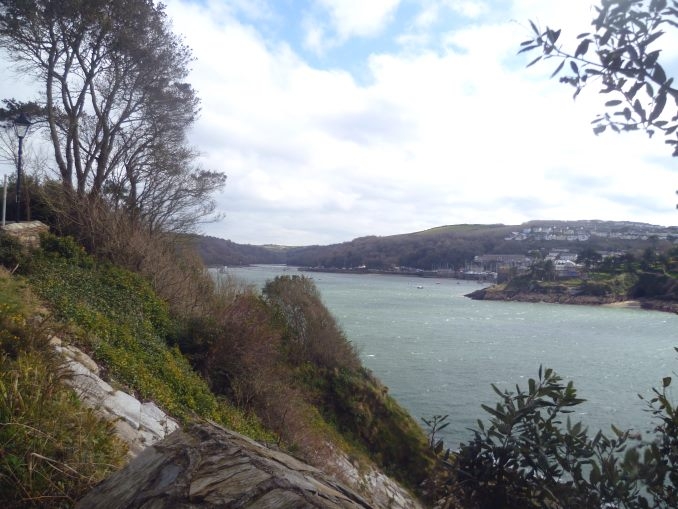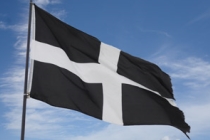Fowey - Fowidh

Fowey (Fowidh) is a small town, dating from medieval times, at the mouth of the River Fowey with ferry crossings to Polruan (foot) and Bodinnick (Car). It's natural harbour gave rise to the development of trade and seen as of strategic importance. Two blockhouses were built for defence at either side of the harbour entrance and a small castle built in about 1540 on St Catherines Point. The town's strategic importance is demonstrated by the attacks sustained by French and Dutch in 1457 and 1667 respectively. The area was the site of military activity in the Civil War with Charles 1 visiting the area in engagements with the Parliamentary forces of the Earl of Essex. To the south of Fowey is a sandy beach to the south of Fowey between the medieval part of the town and St Catherine's Castle.
Amongst other notable buildings in the town is the Parish Church of Fowey which is listed Grade I. It was built in the early 14th century and replaced a previous Norman church. The font is Norman. After sustaining damage at the hands of the French in 1457 it was repaired in 1460 and the clerestory and the north and south aisles rebuilt. The roof is fifteenth century and the tower 16th century. The hexagonal pulpit was made in 1601 and within the church are two mid fifteenth century brasses.
Fowey continues to be a busy port with regular bus services between Fowey and St Austell and Par Railway Station where train connections are available Penzance, Newquay, Plymouth, Bristol and London Paddington. Buses also operate to other places in Cornwall and there is a regular town bus running from outside the church in the town centre to the main car park on Hanson Drive. Vehicle and foot ferry services cross to Bodinnick and Polruan respectively with a foot ferry to Mevagissey between May to October.
Celtic nation:
- Cornwall
Itinerary:
- Cornwall southeast
Place type:
- Village/Town/City
















